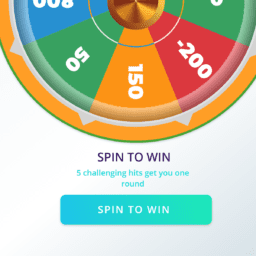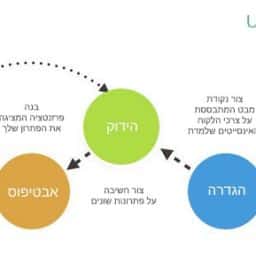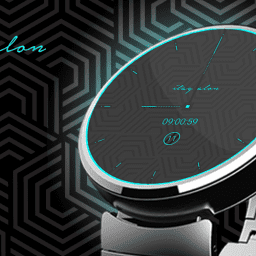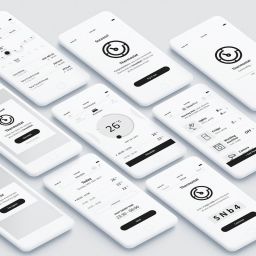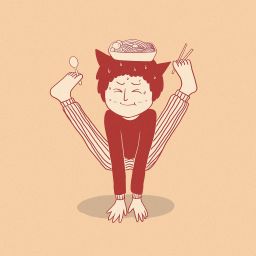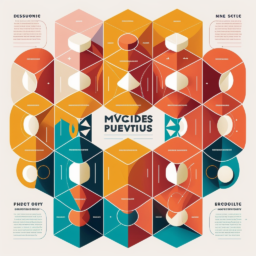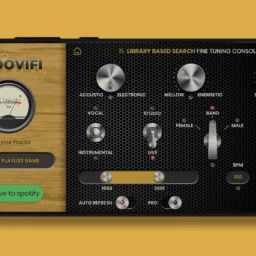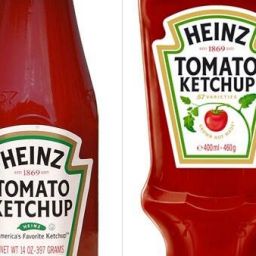
So how the heck does game theory UX in a profit and loss perspective
Investigation of a complex game is made possible by simplifying it to one of several general models amenable to mathematical analysis. The goal is to "solve" the game, that is, to identify the expected actions of the players or to indicate recommended actions for individual players or groups of players. Correctly predicting the behavior of the players may have meaning in reality - from Wikipedia
Profit = good, loss = bad
Game theory is based on a very complex model based on a basic human tendency that exists unconsciously in our daily behavior. Almost every decision we make consists of a set of interests that represent for us from the personal point of view - profit and loss. Our natural tendency is to naturally avoid losses (or difficulties) and choose profits. This point is clear from Ilya and I think there is no need to explain it, it lives and exists in us innately. Profit = good, loss = bad. The education we received even before we learned to speak directs us to this basic behavior.
Dilemmas as part of a positive process
Whenever we encounter the need to formulate a decision in life, a dilemma is created in our thinking patterns. Sometimes the dilemma, which is a process of formulating profit and loss and making a decision, takes a second or two and usually occurs in our subconscious or on the unconscious level. Sometimes we experience dilemmas in which our emotional involvement is high and the process expands in the time dimension for making the decision as in turning the dilemma into our conscious layer. (You can take for example the process of buying a new car or a new apartment). Today in the world of advertising and marketing, these processes are understood and a complete marketing and advertising methodology is built around them in order to understand how the human mind works and capture it in the right place. The first to turn the theory into reality was Google who called the process: the ripening process.
The sense of profit model
As professionals, we are interested in knowing and diagnosing the set of reasons that will make your users feel profitable, if we know more about what causes the feeling of profit, we will probably be able to implement this methodology everywhere else and gain product success or at least a high success potential. After many years as a creator of computer games, digital products and applications, I think it is possible to modestly measure and diagnose the various points that make up the totality of profit and loss. It is important to note that it is not productive to know what to do, it is even more important to know what not to do or what to avoid.
It is also important to note that this model is dynamic and evolves from year to year following innovations and updates in technology and the new design schools, we want to be vigilant about these updates in order to include them in the entirety of our decisions as professionals.
So how the hell does game theory or the profit and loss model relate to user experience?
Most people for whom user experience is not their profession will not notice the semantic differences in this way of working at all but will be able to provide you with their gut feeling about what they see, experience and feel. user experience Done well, you will make the user "stickiness" about your product and make him use the product optimally and maximally. The users probably won't be able to tell you why they feel that way about your product, but the feeling they will get is a sense of comfort, high satisfaction, great fun and, in short, a very big profit that they have with you.
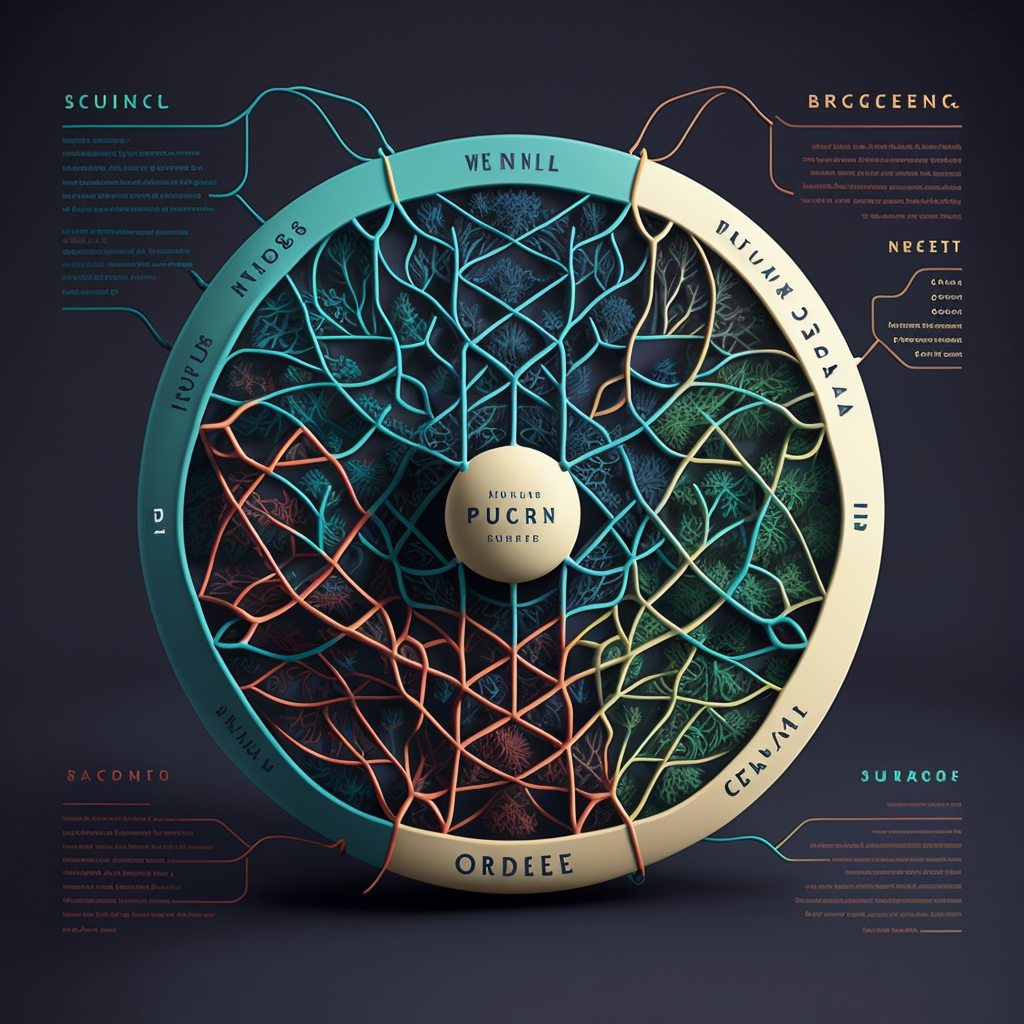





By and large, what is the model?
The model basically says the following: I have a large profit, I will use this product for my needs and I prefer it to the alternatives. That is, if we take all the reasons that create profit for the user and put them on one side of the scales, and on the other side all the reasons that hinder or make it difficult for the user to reach his goal, this is the way to measure profit and loss.
Of course the profit must outweigh the loss except in one case - you have no other choice.
When I approach a new project, this is the first question I face. What is the gain and what is the loss? I have seen quite a few successes in life, but I have seen many more failures. I came to the conclusion that your product doesn't have to be the most innovative, the most groundbreaking, the most to be successful. But user-friendly, interesting and surprising. Still, almost every idea you can think of has siblings elsewhere.
Therefore, if there is no significant profit, I create a significant profit (of course after investigating the target audience and the entrepreneur's motivation) and if there is a significant profit, I make sure to strengthen and highlight it. When there is a significant profit, there is no need for reinforcements elsewhere such as additional fasteners and product complexity. Most of the big products you know were born with one central action (chat, email, camera, flashlight....)
Here are some things you should consider when approaching the profit and loss investigation of a new product:
- Registration? Is it mandatory? And if so, which registration is the least burdensome for the user now and in the future
- How many steps does the user take to reach the goal - remember that the more steps there are in the process, the more tiring the experience
- Load and complexity are tiring and an obstacle.
- Lack of focus is confusing and takes away from stickiness



